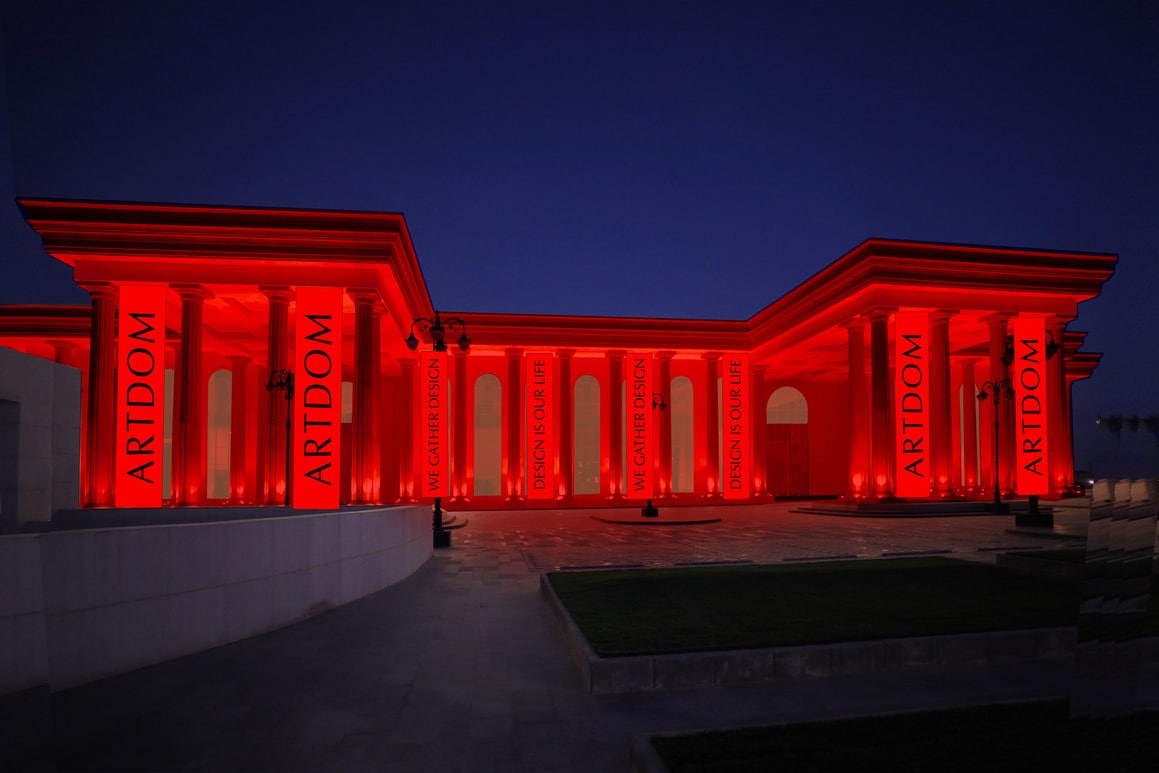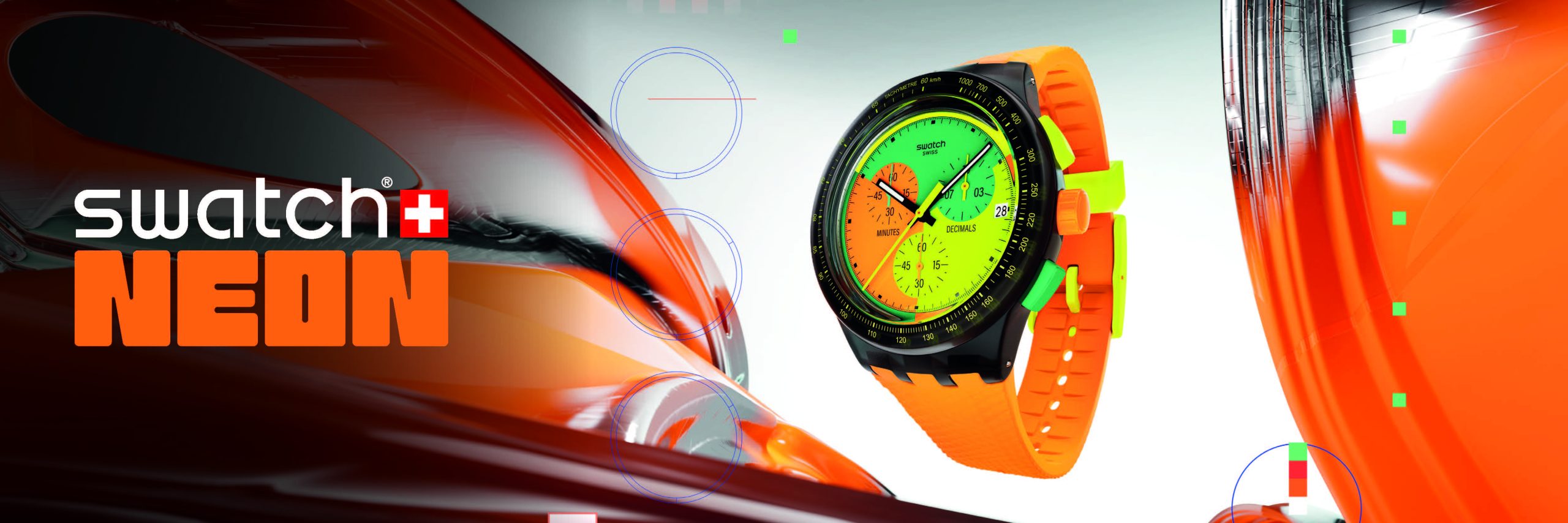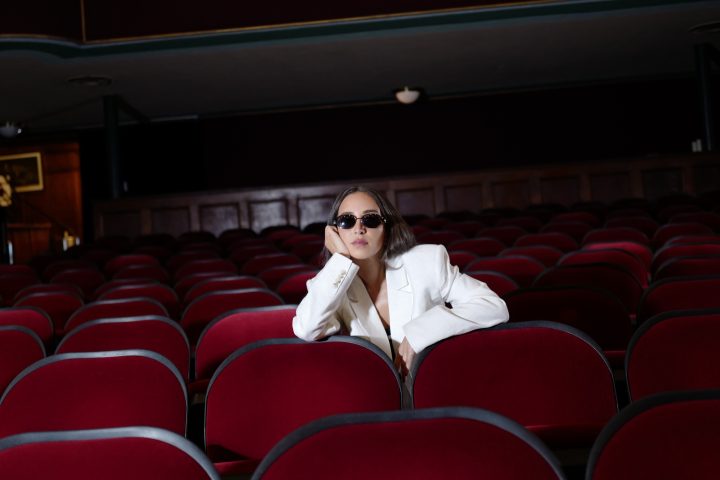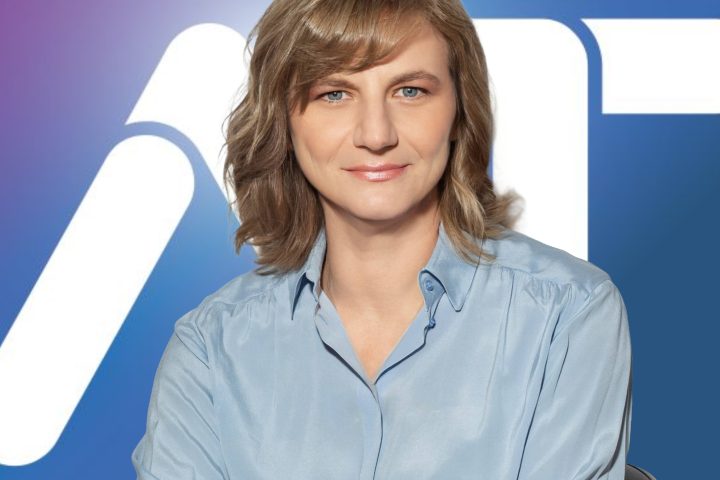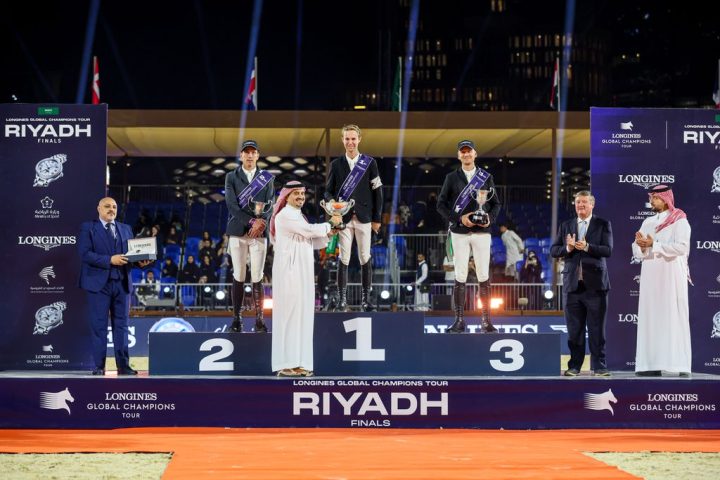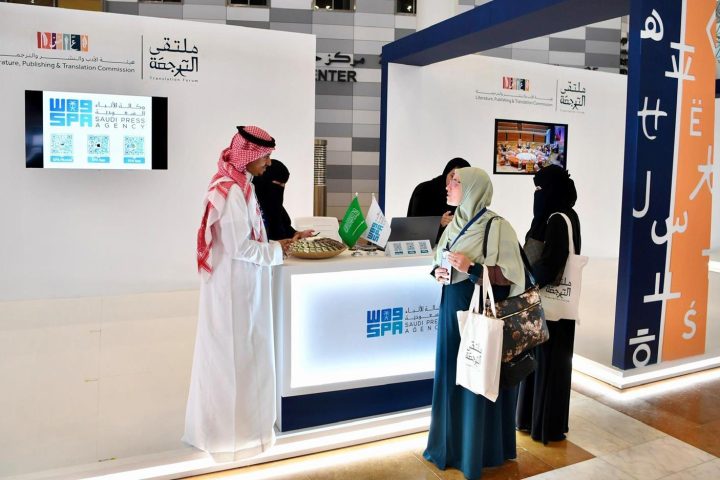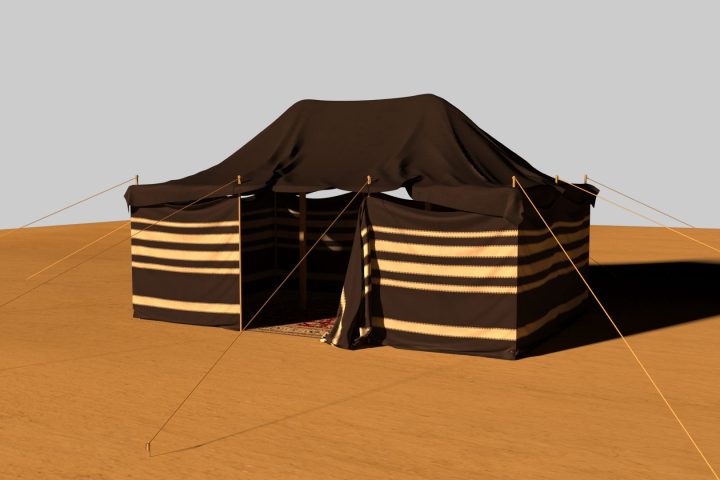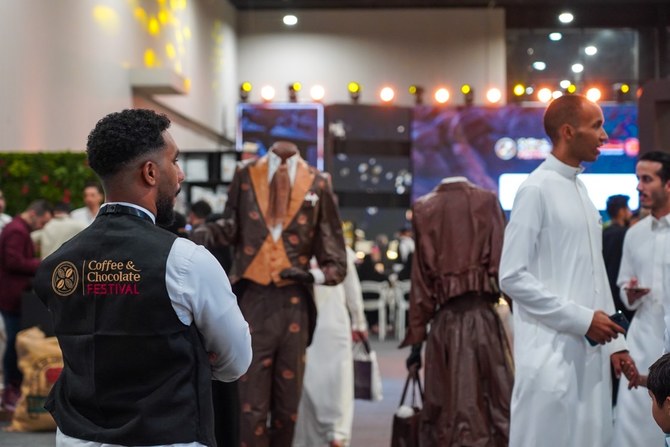By Abeer Abdalla | The Saudi Times
Every design capital has its origin story. Milan had its artisans and ateliers, Paris its salons, and London its post-industrial rebellion. Now, amid a decade of transformation, Riyadh is quietly shaping its own. The question echoing through this year’s ARTDOM Riyadh 2025 is no longer whether Saudi Arabia can host the world’s leading design voices, but whether it can become one of them.
From the marble courtyards of the Four Seasons to the sculptural installations inside Kingdom Centre, ARTDOM’s debut in Riyadh is more than an exhibition. It is a declaration that design is now central to Saudi modernity and that Riyadh aims to establish itself alongside Milan, Dubai, and Paris, recognized global design hubs on the international design calendar.
The Saudi Moment
Design, once viewed as the ornamental cousin of architecture, is emerging as a key component of Saudi Arabia’s Vision 2030. The Kingdom’s giga-projects, such as NEOM, Diriyah, Qiddiya, and The Red Sea, are built not just with infrastructure but with aesthetic intelligence at their core. Beauty has become a strategy. To illustrate this, consider the recent transformation of Riyadh’s Public Park, a space previously overlooked, now redesigned with lush greenery, modern art installations, and spaces for community gatherings. This gives Riyadh’s residents a tangible experience of Vision 2030’s goals, integrating beauty and functionality into their daily lives. ARTDOM, powered by PIF’s cultural investment ecosystem and anchored by Saudi pioneers like Gallery Design, represents that shift in living form.
As ARTDOM founder Daria Zolotova emphasized, Riyadh is not only embracing design but redefining it on a global scalea sentiment that set the tone for the entire event. That stage now exists. Over two days, the event brings together the great architects and design houses of Europe, from Cappellini to Henge, from Porada to Draga & Aurel. The event also forces the Kingdom to honor its own Saudi studios, rewriting the codes of modern luxury: VADA Design, Rejo Studio, Muntj Studio, and JUDesign by Jude Alangari.
Riyadh is no longer merely importing design, it is exporting perspective.
The Infrastructure of Creativity
Milan’s Salone del Mobile didn’t happen overnight; it grew from a network of makers, curators, and media who turned furniture fairs into a cultural pilgrimage. Riyadh, too, is building its creative ecosystem with intent. The city’s design economy, once fragmented across architecture firms and boutique galleries is now consolidating into a national narrative backed by institutional support, private capital, and policy ambition.
Organizations like the Ministry of Culture, the Architecture and Design Commission, and the Saudi Design Festival have already laid the groundwork. But ARTDOM introduces something new: continuity. By bringing together commerce, education, and curation under one roof, it provides the missing connective tissue between creativity and capital, the same formula that made Milan a global brand. To illustrate this continuity, ARTDOM plans to launch year-round initiatives including design residencies, workshops, and mentorship programs. These initiatives aim to bridge the gap between emerging Saudi talents and established international designers, ensuring a constant exchange of ideas and innovation. This planned schedule marks the beginning of a sustained cultural presence that keeps Riyadh on the global design radar, propelling it beyond ambition into a reality of continuous influence.
Gallery Design, celebrating over two decades of excellence, represents this bridge between legacy and reinvention. Its presence at ARTDOM, alongside luxury giants like Armani Casa and Fendi Casa, signaled that Saudi companies are no longer peripheral exhibitors they’re partners in defining global taste.
Luxury as Language
If Milan’s hallmark is its tradition of craftsmanship, and Dubai distinguishes itself through spectacle, then Riyadh’s potential design identity could be authentic modernity: a style that fuses narrative with restraint. This marks a move by Saudi designers away from ornamental excess and toward sensory subtlety, reflecting a design philosophy rooted in local architecture, geometry, and landscape.
At ARTDOM, this is visible in every form and finish: limestone textures echoing Najdi façades, with the distant scent of frankincense mingling with the cool, earthen smell of stone, and brass surfaces reflecting desert light. The gentle clinking of metal echoes through open layouts inspired by courtyard typologies. It’s a new expression of luxury that feels intimate, local, and emotionally intelligent.
As one visiting Italian gallerist put it, “Riyadh doesn’t imitate Milan. Instead, Riyadh recalls the Milan of an earlier era, a time when design was driven by creativity and passion rather than purely by commerce.”
A Permanent Date on the Global Map
For Riyadh to join cities like Milan, Paris, or Copenhagen as a leading design capital, ongoing consistency is more important than a one-time spectacle. The city’s ambition is clear, but its next challenge will be to establish a sustained annual rhythm, attract international media attention, and foster local mentorship, as established cities have done.
If ARTDOM becomes a fixture on the global design calendar, Riyadh could anchor the region’s creative economy as Milan does for Europe. Some might question whether a city with Saudi Arabia’s historical focus on tradition can truly lead in contemporary design. However, Riyadh’s strategic location near emerging markets, robust investor interest, and distinctive design identity underscore its potential as a significant contender.
With PIF’s backing, strategic partnerships with firms like Gallery Design, and the participation of top-tier studios, the Kingdom is laying the foundation for an event that can grow beyond exhibition and into an institution of influence.
The Future in Frame
In truth, Riyadh doesn’t need to become the next Milan. It needs to become the first Riyadh, a city whose design narrative mirrors its transformation: precise, visionary, and proud of its cultural DNA.
ARTDOM Riyadh proves that the Kingdom’s design scene is no longer a sidebar to development. It is the story itself, a symbol of how beauty, commerce, and national vision can intersect to redefine a nation’s image on the world stage.


